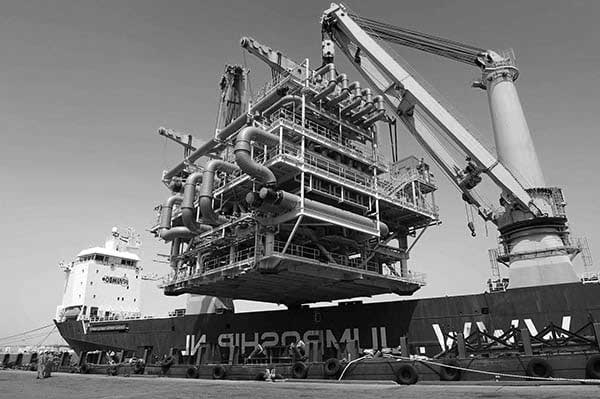Solutions for modular project implementation
Modularization, in which structures are pre-assembled off the primary construction site, has been popular since the 1970s
The opportunities for modularizing industrial and chemical projects are growing rapidly. Once considered only a mitigating strategy for projects in remote areas with harsh climatic conditions or a shortage of skilled labor, modular execution is now widespread in the chemical process industry. Why? Because of the ability to achieve better overall project results.
Modules come in a variety of sizes and shapes, from very large modules transported by ship, to smaller, truckable modules that fit into a shipping container. Modular execution offers many benefits, including higher labor productivity and quality, thanks to better controlled working conditions, and fewer health, safety and environmental risks.
Modular projects done correctly can save time and money. A well-developed strategy for modular execution should create an integrated solution - as opposed to a hodgepodge of project scopes that are broadly planned but split into separate engineering, procurement, fabrication and construction packages.
Often project managers fail to consider that the additional interfaces required between different organizations increase the potential for more disconnects, with no single organization having overall end-to-end responsibility for the project. Integrated, innovative solutions are essential for successful modular implementation.
Modular Engineering
This approach involves clearly identifying and procuring the right materials to deliver them to the right location at the right time, and answering all questions in a timely manner. This last aspect is not usually emphasized, but is a prime opportunity to improve and influence the successful outcome of a project.
An important aspect of successful modularization is adhering to the concept that modularization drives layout - instead of layout driving modularization. Technically, this concept creates enormous challenges and often keeps clients and project managers from embracing modularization, but it can yield significant project benefits.
Some of the radically different design approaches are not widely known. Among these design approaches are plug-and-play technology (where modules are first thoroughly tested and commissioned at a production site and then are nearly ready for operation after being put in place) and the omission of pipe racks between process areas of a facility.
While some projects claim success with modularizing piperacks, they miss the recent improvement in modularization where elimination of pipe racks is the goal (rather than just modularizing pipe racks). Such a radical reorganization of plot plans by process blocks requires that all engineering disciplines be refocused and realigned to support this goal. Read the original article below in .pdf format..
